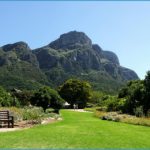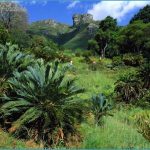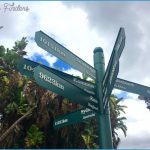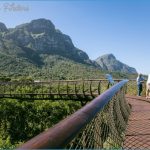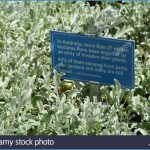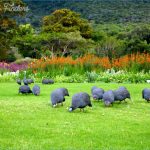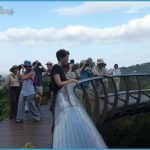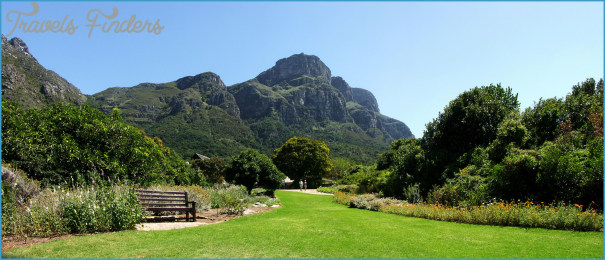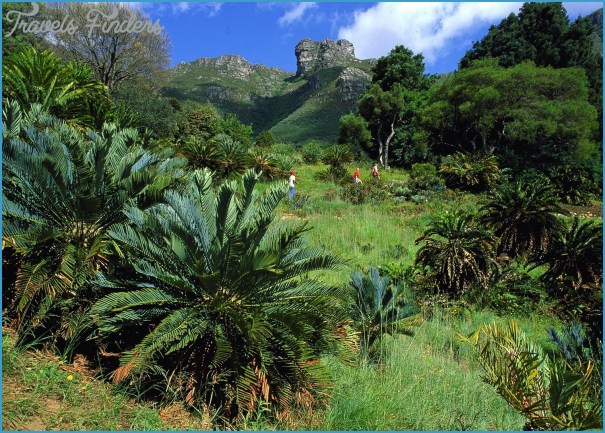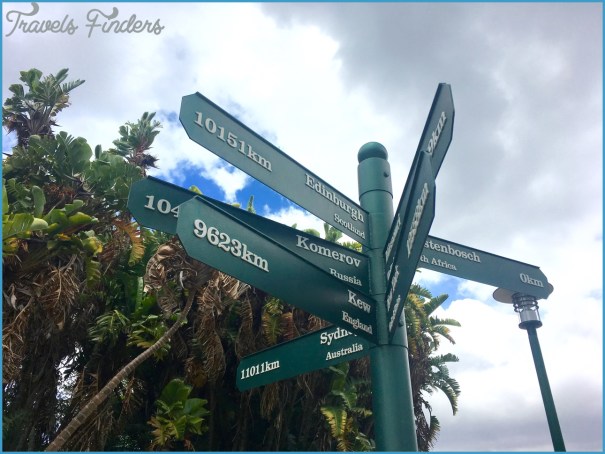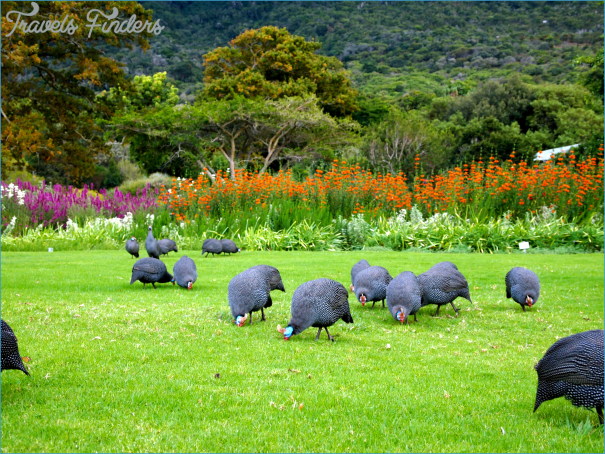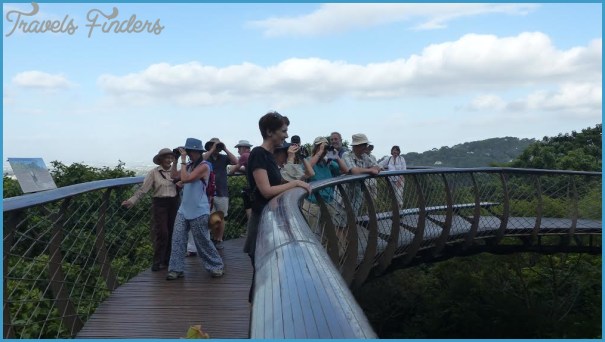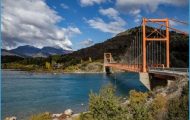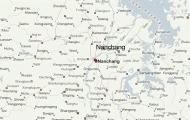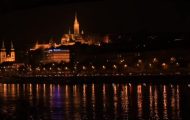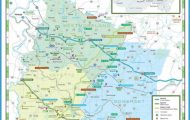The 154-hectare Garden lies on undulating hills and plains of Malmesbury Shale, 300-520 metres above sea level. It occupies vegetation of both the Fynbos and the Succulent Karoo biomes – Breede Shale Fynbos, Breede Shale Renosterveld and Robertson Karoo. Eleven hectares of the Garden are developed as displays of the huge diversity of the Succulent Karoo flora, with 8 kilometres of footpaths leading the visitor through the Garden’s show beds and up into the surrounding hills.
Despite the Garden’s small size and the harsh climate (250 millimetres of annual rainfall, with temperatures ranging from -2 to 44oC), 370 indigenous species have been recorded, 83 of these geophytes, and 74 true succulents. The single genus Crassula has 20 species; Pelargonium is represented by 13 species; there are an astonishing 27 different members of the Mesembryanthemaceae, plus seven xerophytic ferns; all are native to the Garden – in a desert ecosystem. To this array of diversity, some 4 000 other species (65 per cent of which are succulents) have been added by the Garden’s dedicated horticulturists – not too difficult a task, given that, within a radius of 100 kilometres of the Garden, there are 65 different vegetation types.
Awash with spring colour: the orange daisy Gazania rigida shares the landscape with the white-flowered Dimorphotheca pluvialis.
In 1923, when Jan Smuts declared that the new National Herbarium in Pretoria could become the Kew of South Africa’, he triggered an institutional struggle of serious proportions, and one that took many decades to heal.
The National Herbarium of the 1920s was housed in an ageing building Vredehuis’, below the Union Buildings, on a site offering limited potential as a botanical garden. Dr Illtyd Buller Pole Evans, chairman of the Botanical Survey Advisory Committee and leading light of botany in South Africa at the time, realised that a southern hemisphere Kew’ would need a large, well-developed botanical garden, along with a herbarium and research facilities. Occupied as he was with the development of many other projects, Pole Evans did not pursue the search for such a site in Pretoria. This task fell to one of his early assistants, Robert Alan Dyer (1900-1987), a taxonomist of wide interests and great productivity. In 1946 Dyer became Director of the Division of Botany (the Botanical Research Institute from 1961) and was the driving force behind the establishment of the Pretoria NBG. He negotiated the transfer of 60 hectares of land donated by the University of Pretoria to the Department of Agriculture in 1945. Declared unsuitable for inclusion in the University’s Experimental Farm, the sandy, acidic soils nevertheless showed promise for development as a botanical garden. Over the following decades, other adjoining land was purchased for inclusion in the Pretoria NBG, which today totals 75 hectares in extent.
Trip To Australia And Kirstenbosch Photo Gallery
Located some 10 kilometres from the then offices of the National Herbarium at Vredehuis, and situated beyond the outskirts of the city, the Pretoria National Botanical Garden was officially opened in 1958. Despite its name, its primary purpose in the early days was to provide researchers -taxonomists working at the National Herbarium – with living material, and the public was not permitted daily access until 1984.
An Ndebele village adds interest to the Medicinal Plants garden in Pretoria National Botanical Garden.
An avenue of the beautiful Tree Wisteria Bolusanthus speciosus was one of the first plantings in the Pretoria NBG.
An artificial waterfall creates a cool, moist habitat on the south-facing slope of the Pretoria NBG’s quartzite ridge.
The Garden runs along a wooded ridge of quartzite, the eastern extension of the Magaliesberg ridges that separate the cooler southern from the warmer northern suburbs of the capital city. The natural vegetation of the Garden, Marikana Thornveld, has been almost completely transformed through past farming practices and the development of the Garden landscape, but the quartzite ridge retains most of its bushveld tree and shrub species that are typical of much of the northern provinces of South Africa. Many of the trees and shrubs, such as Wild Seringa Burkea africana, Peeling-bark Ochna Ochna pulchra and Stamvrug Englerophytum magalismontanum extend in their range from Pretoria to the margins of the Congo Basin some 3 000 kilometres to the north.
Because the Garden’s primary objective was for research, large glasshouses were built in the
1970s and were devoted to masses of potted plants used in experiments or kept as living collections -vast arrays of succulents, orchids and Madagascan plants that are still preserved with great dedication in the now rather decrepit glasshouses, to which the general public has never had access.
It was not until the 1990s that the Garden developed a friendly face. Building on efforts made in the 1980s, theme gardens were developed, representing the different biomes of South Africa, with a selection of fynbos species hardy enough to survive the cold, dry winters and hot, wet summers of the area. Bushveld trees and aloes have been successfully established along the warm north-facing slopes of the quartzite ridge, while an enchanting forest with a discreetly engineered waterfall provides a dense, shady retreat for visitors from the summer sun.

